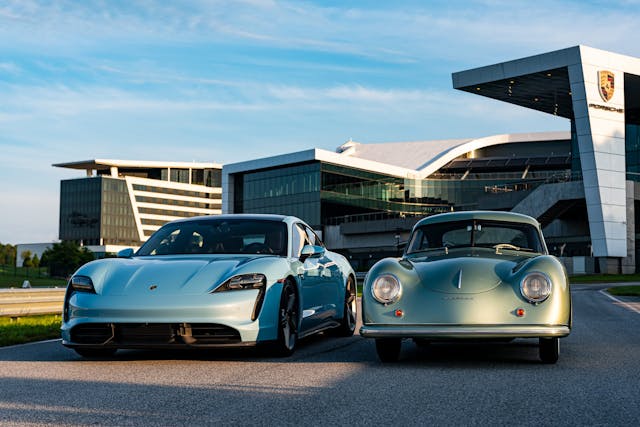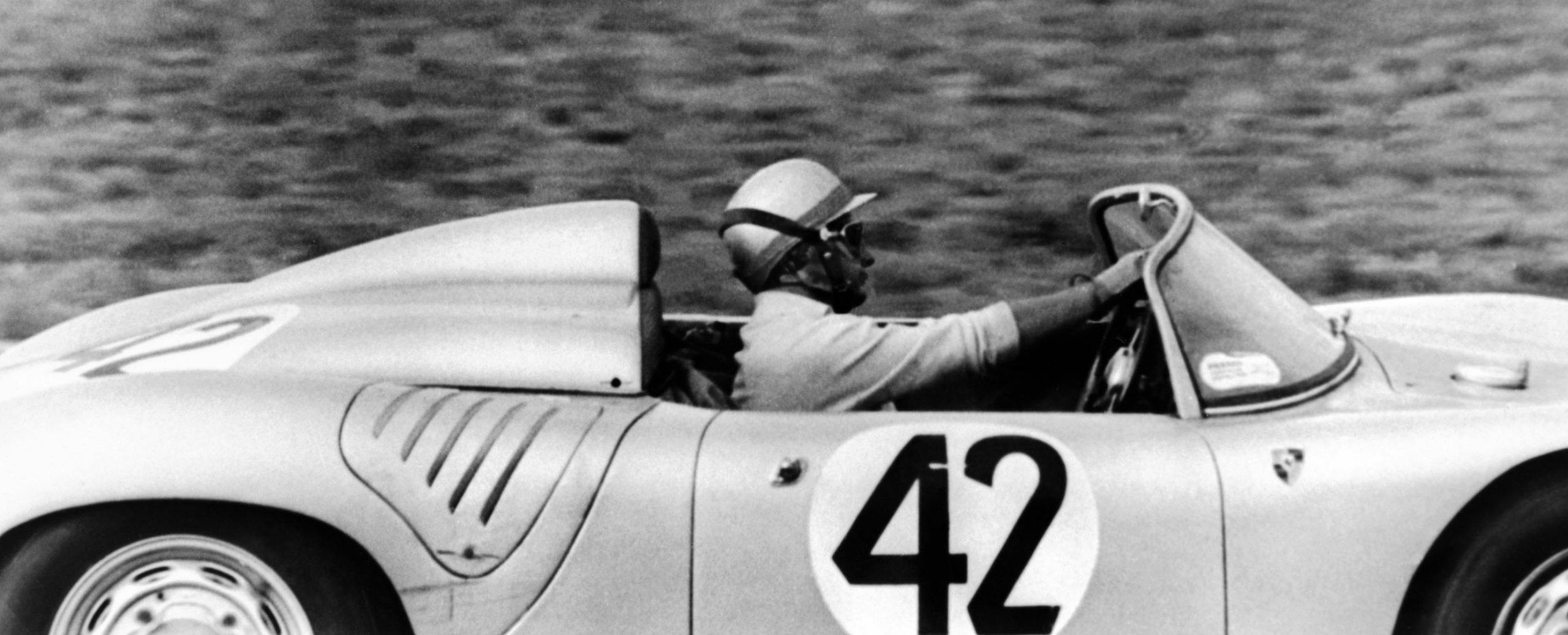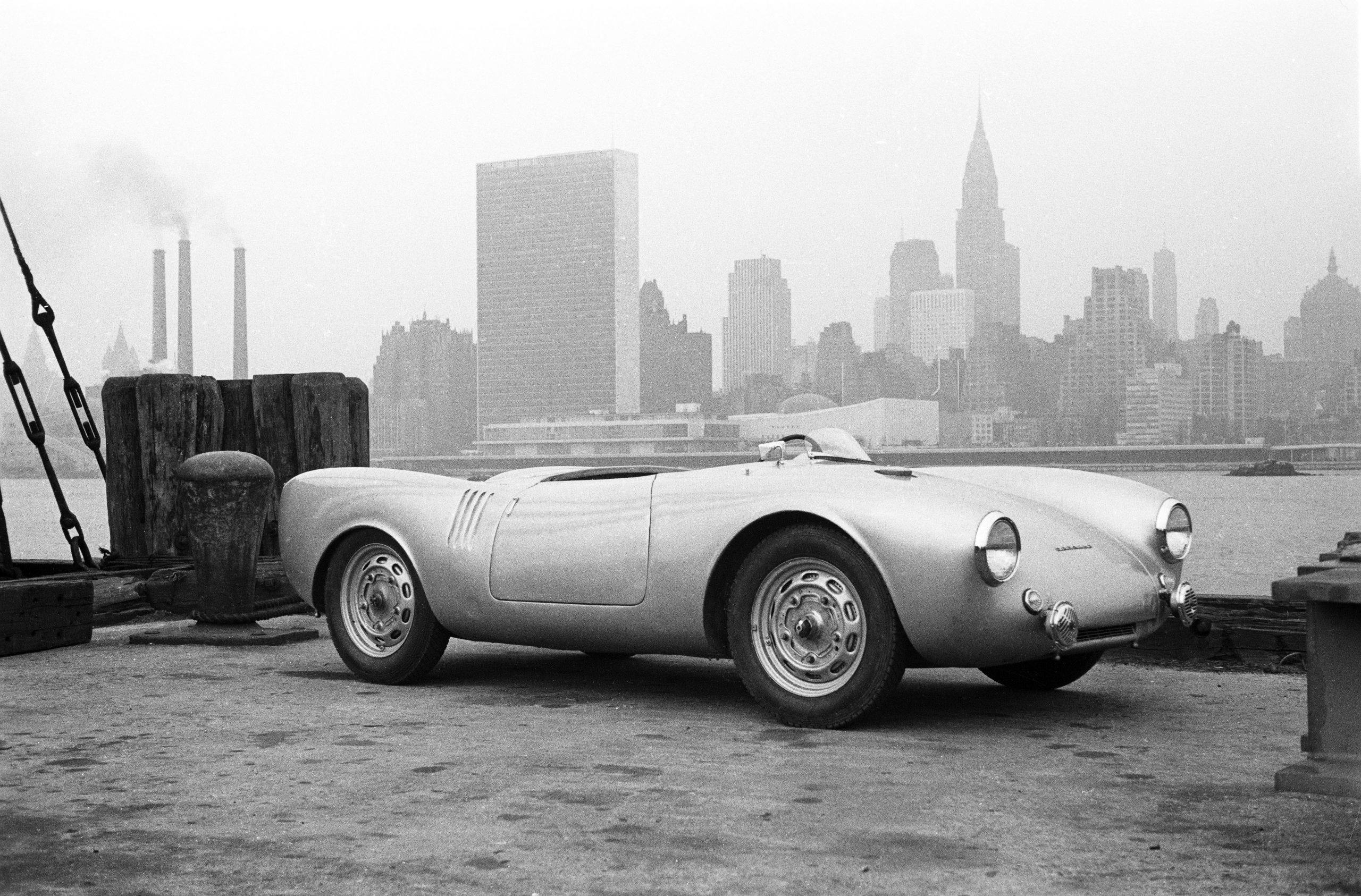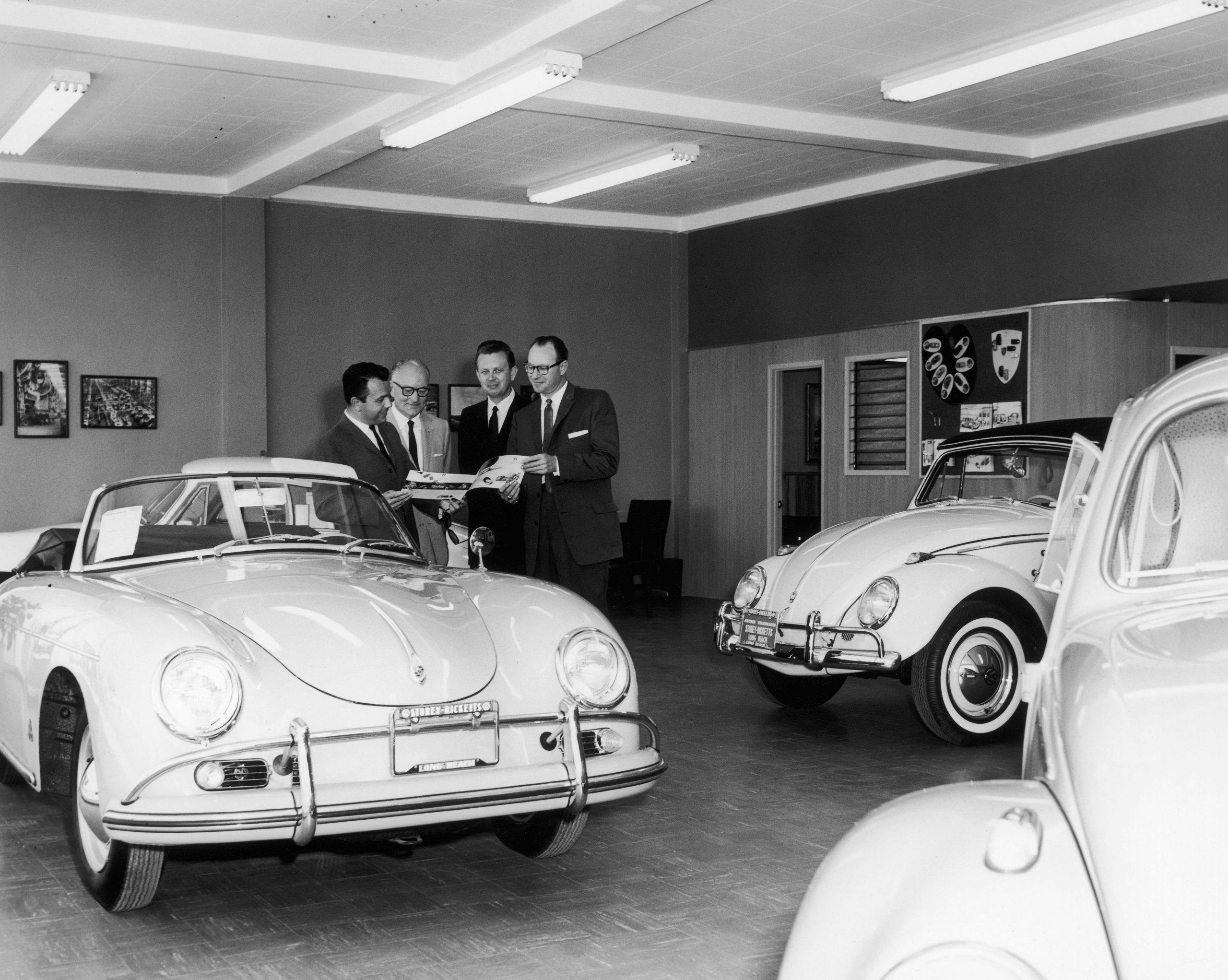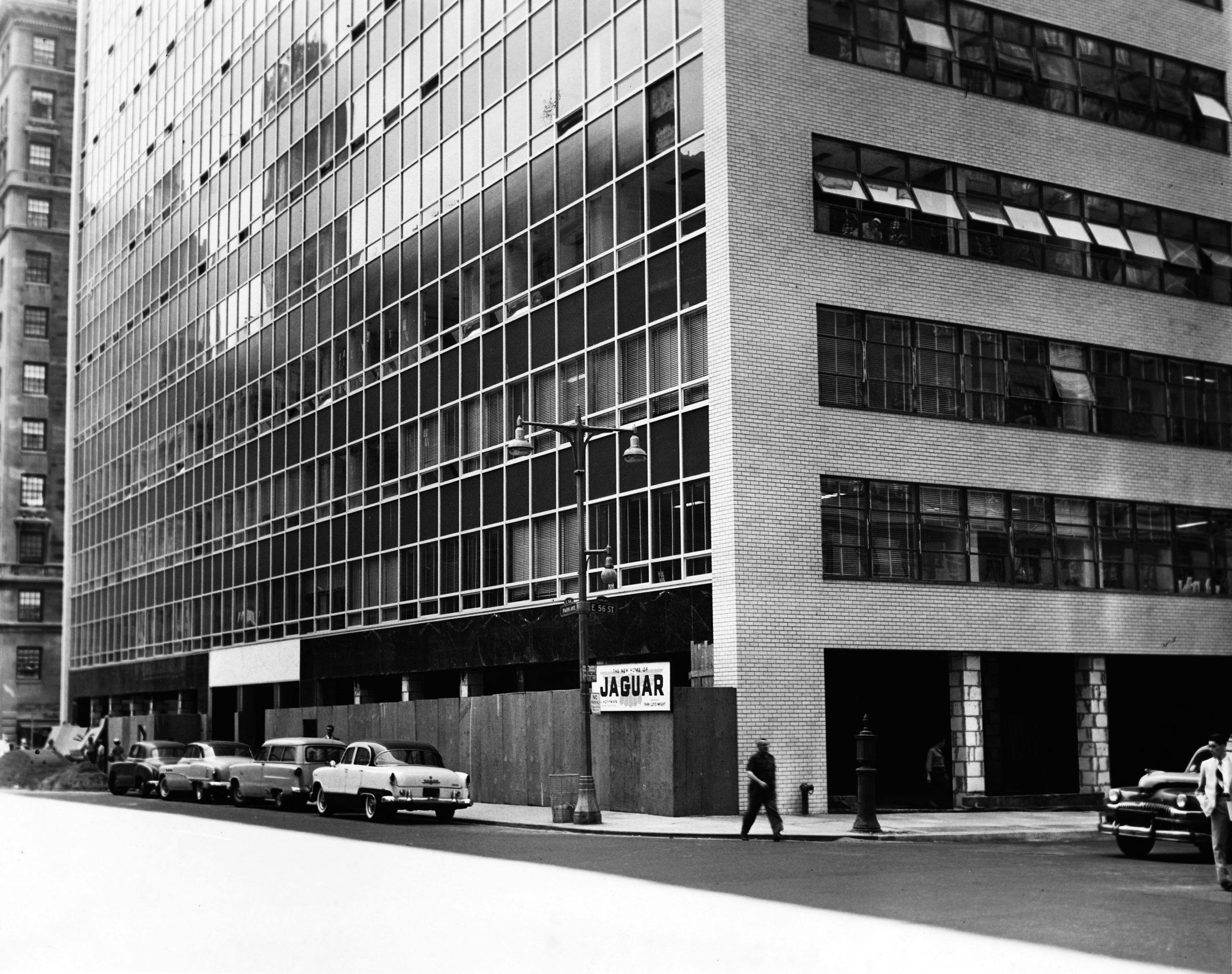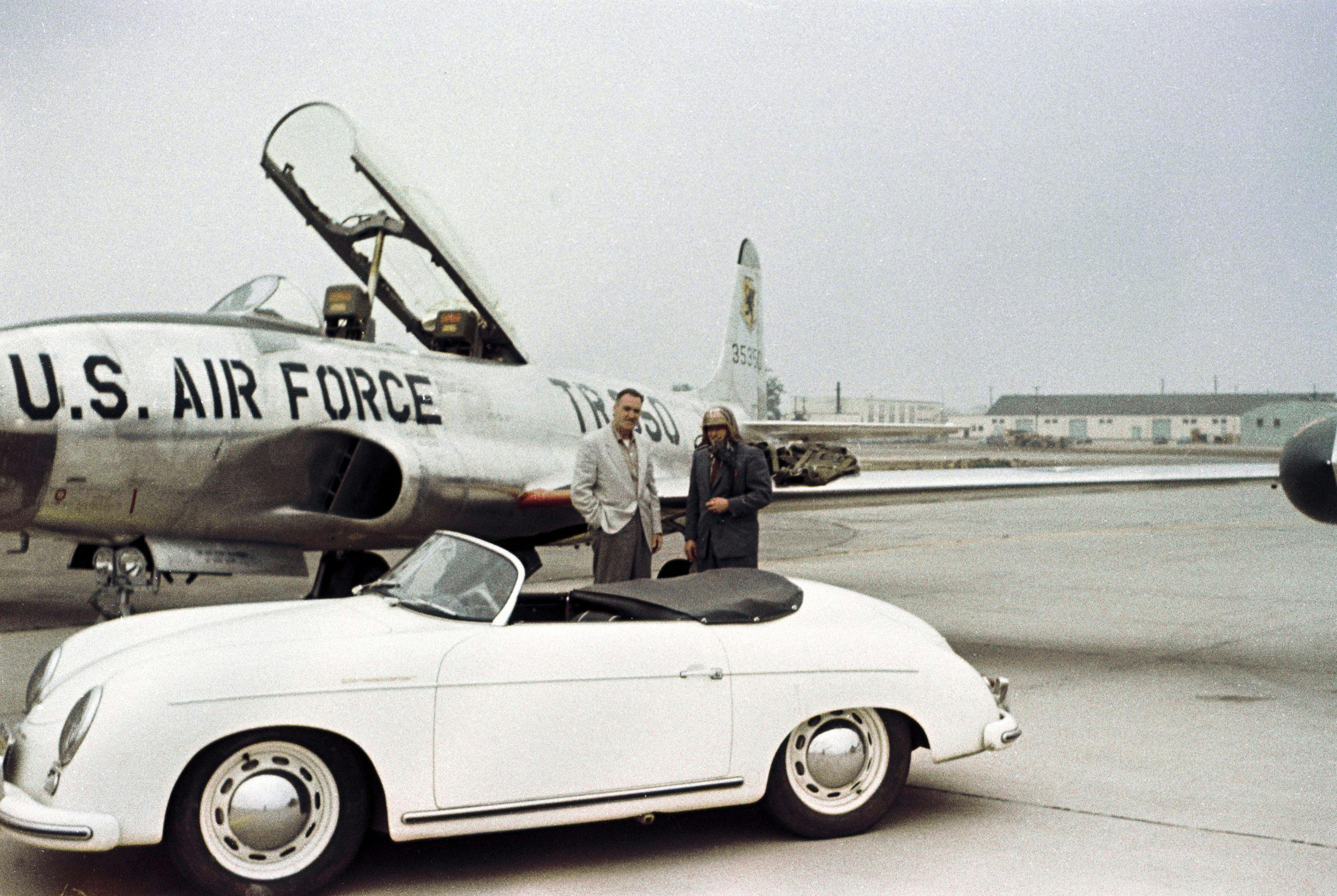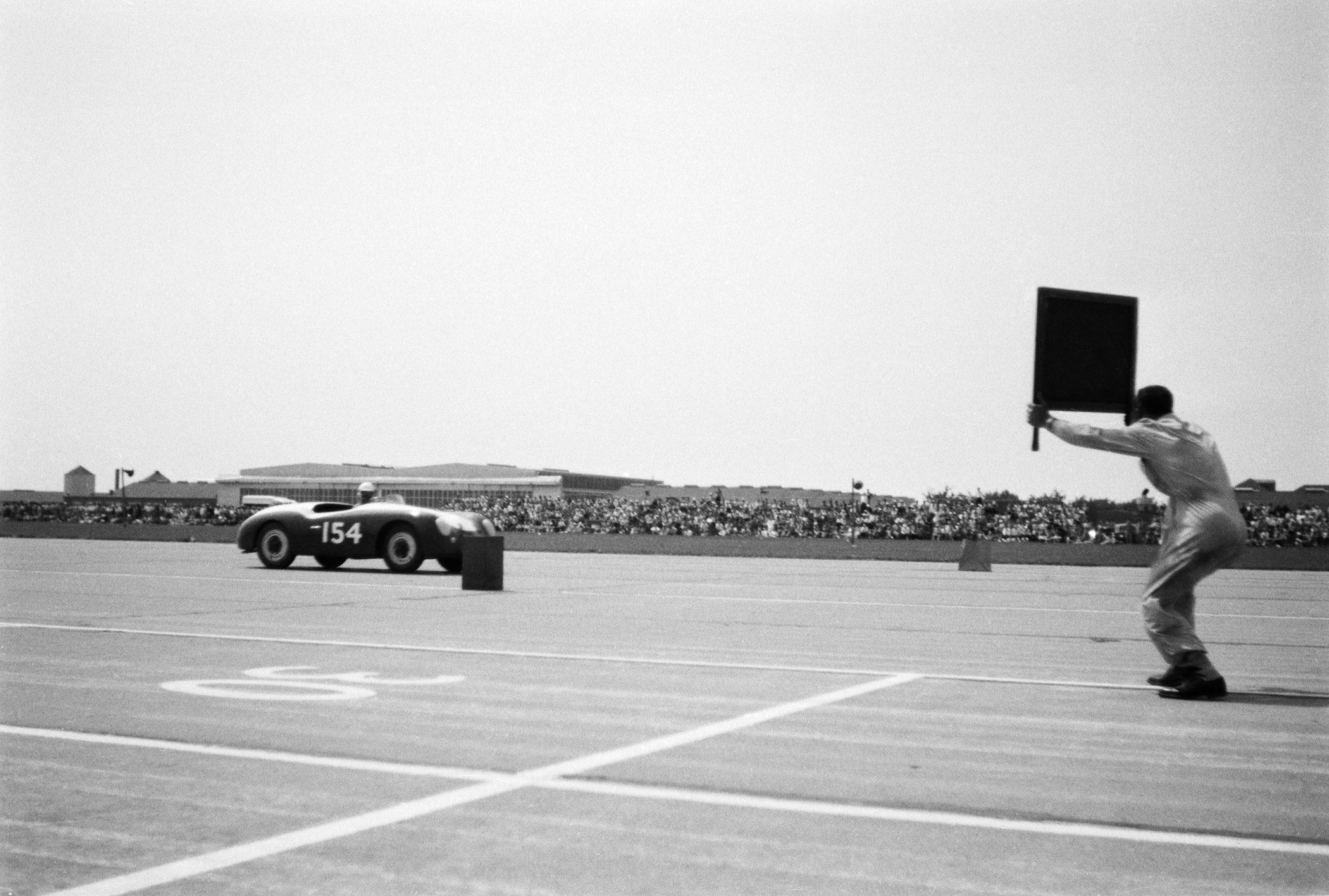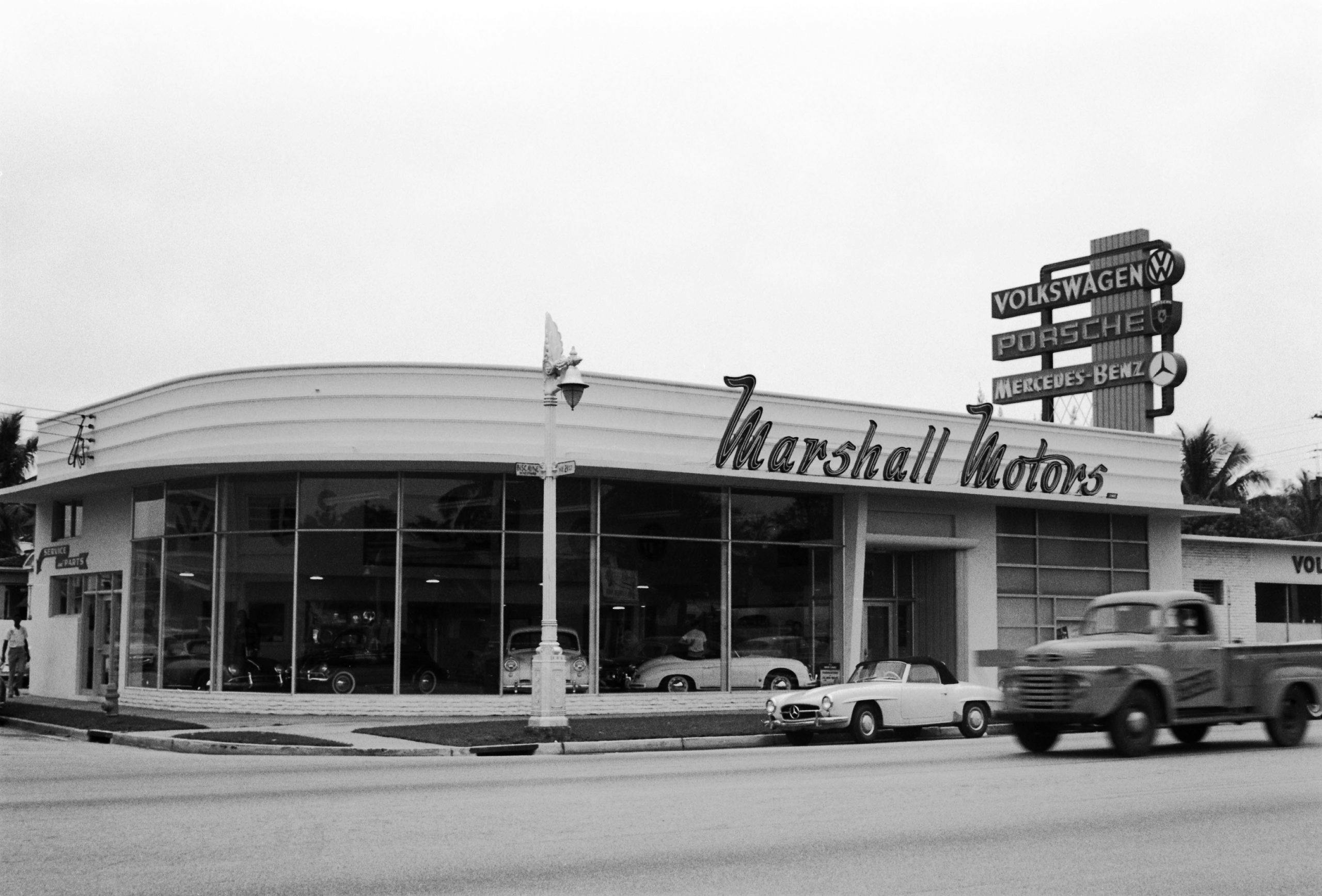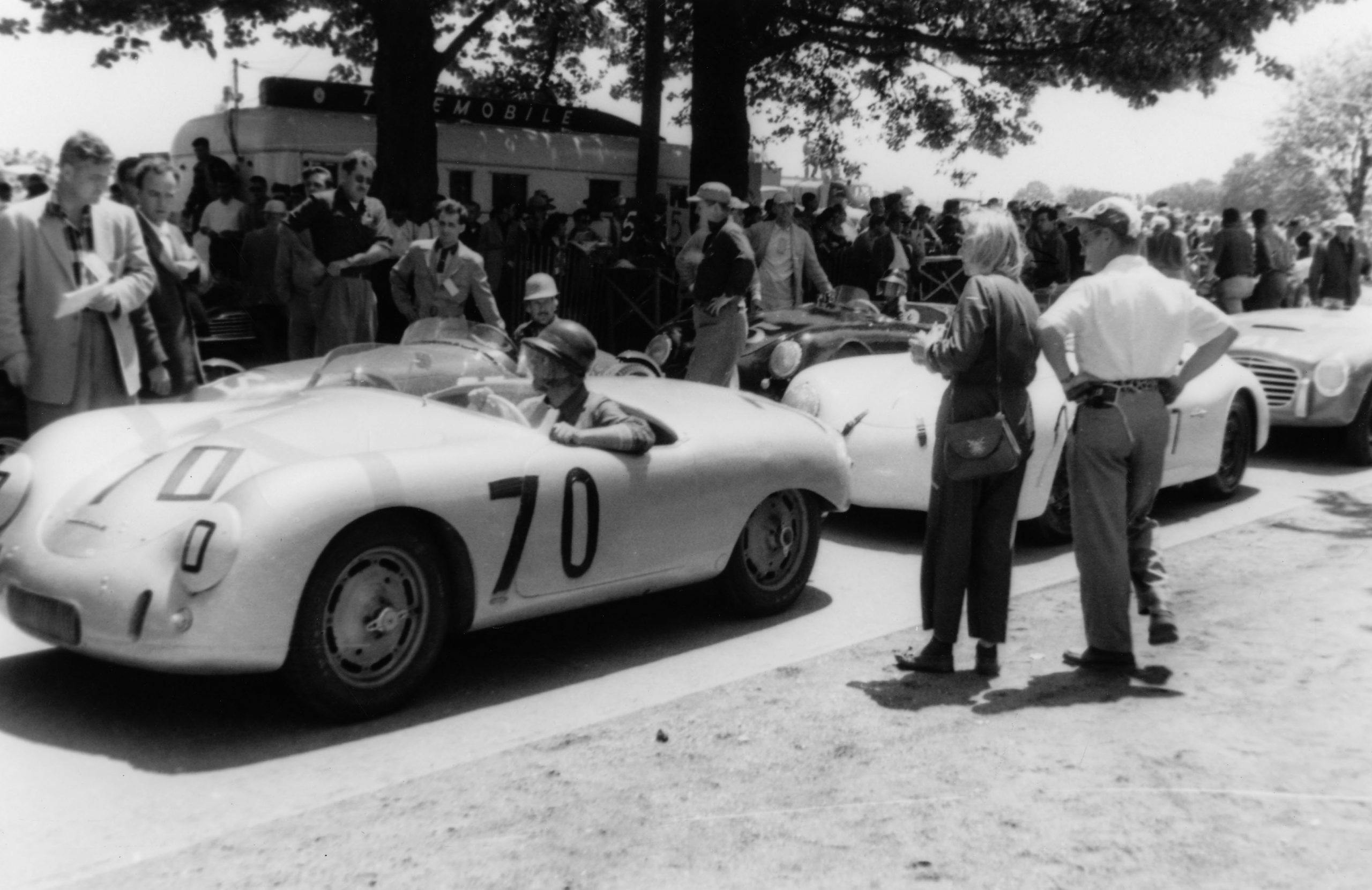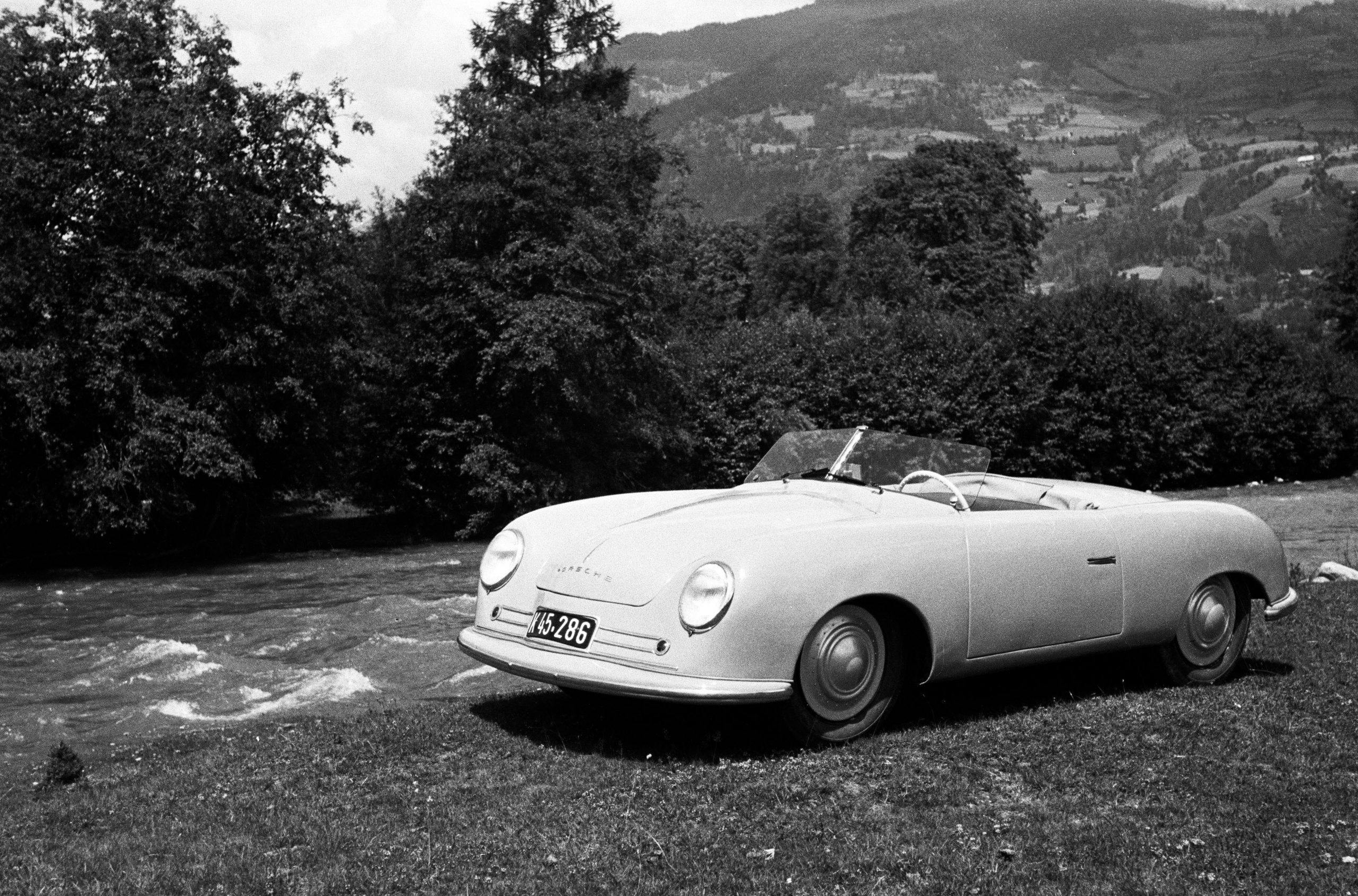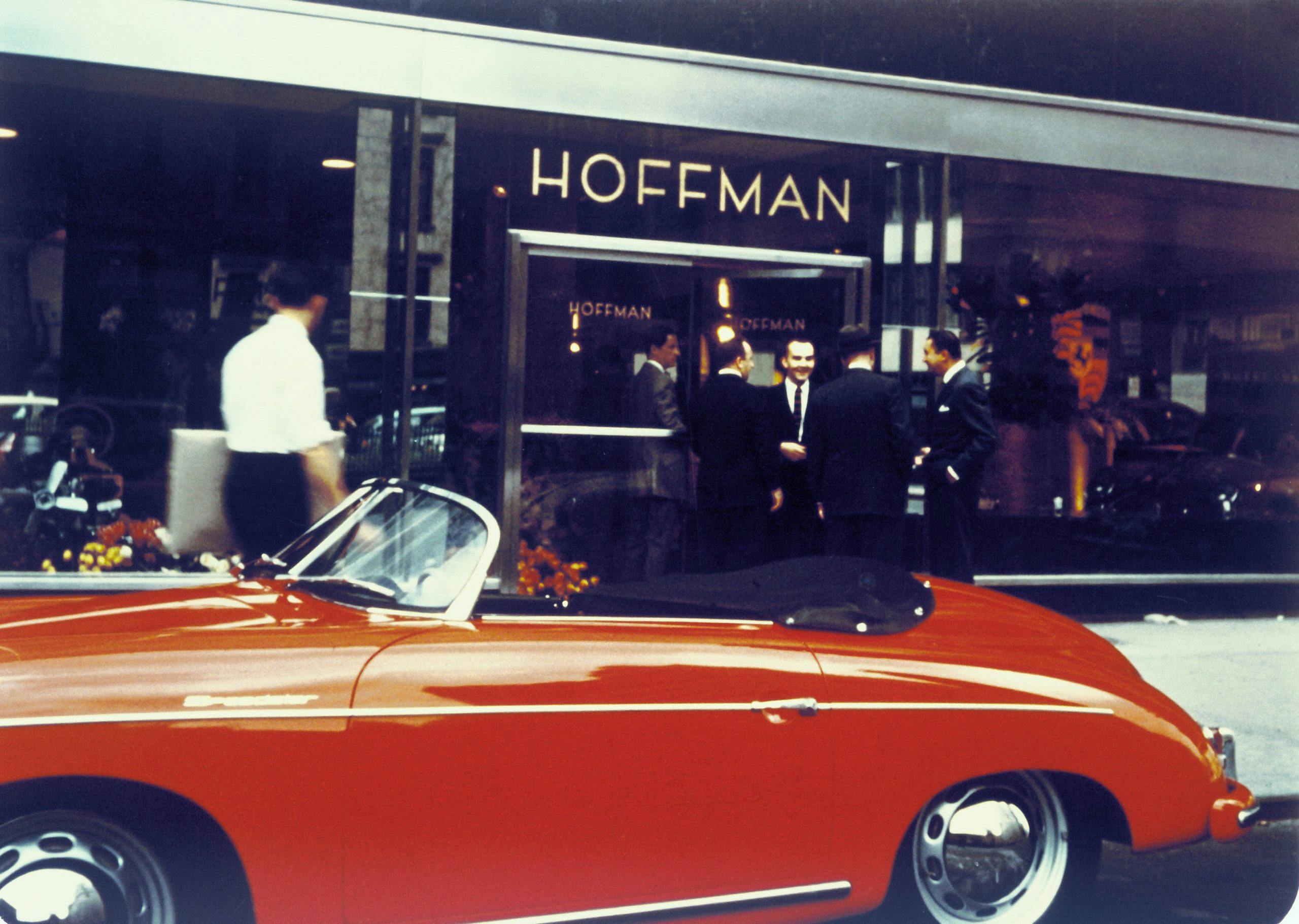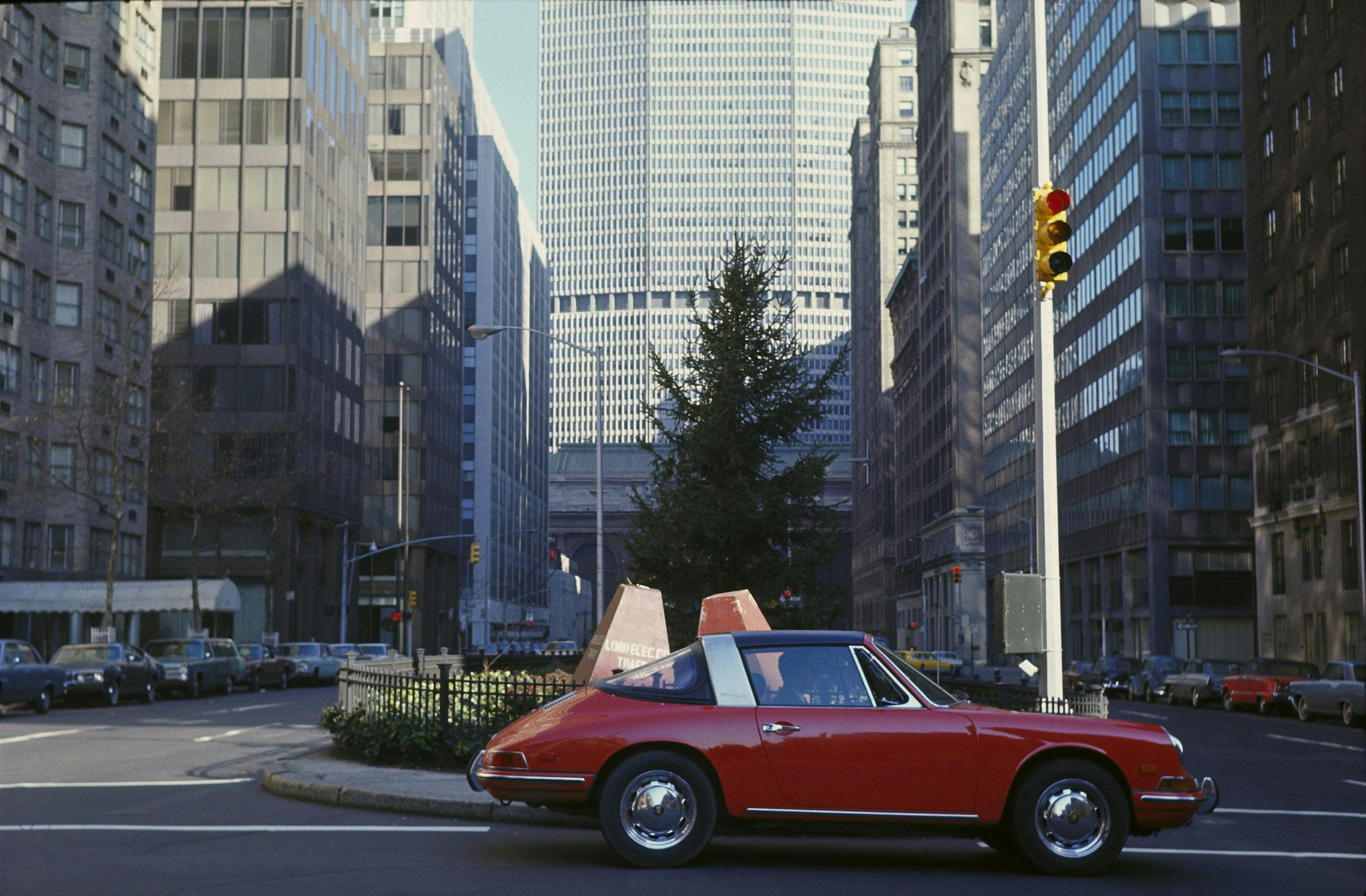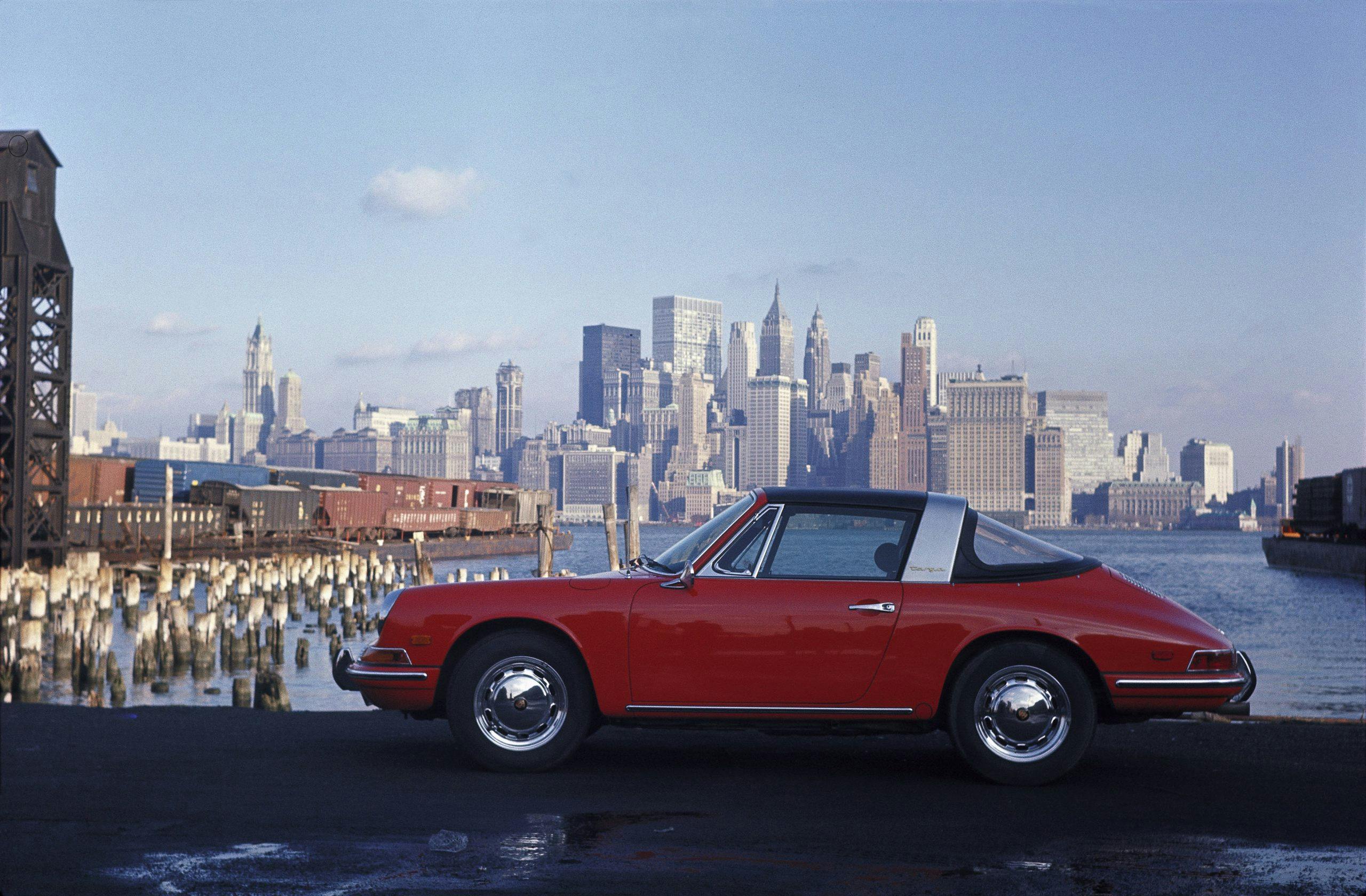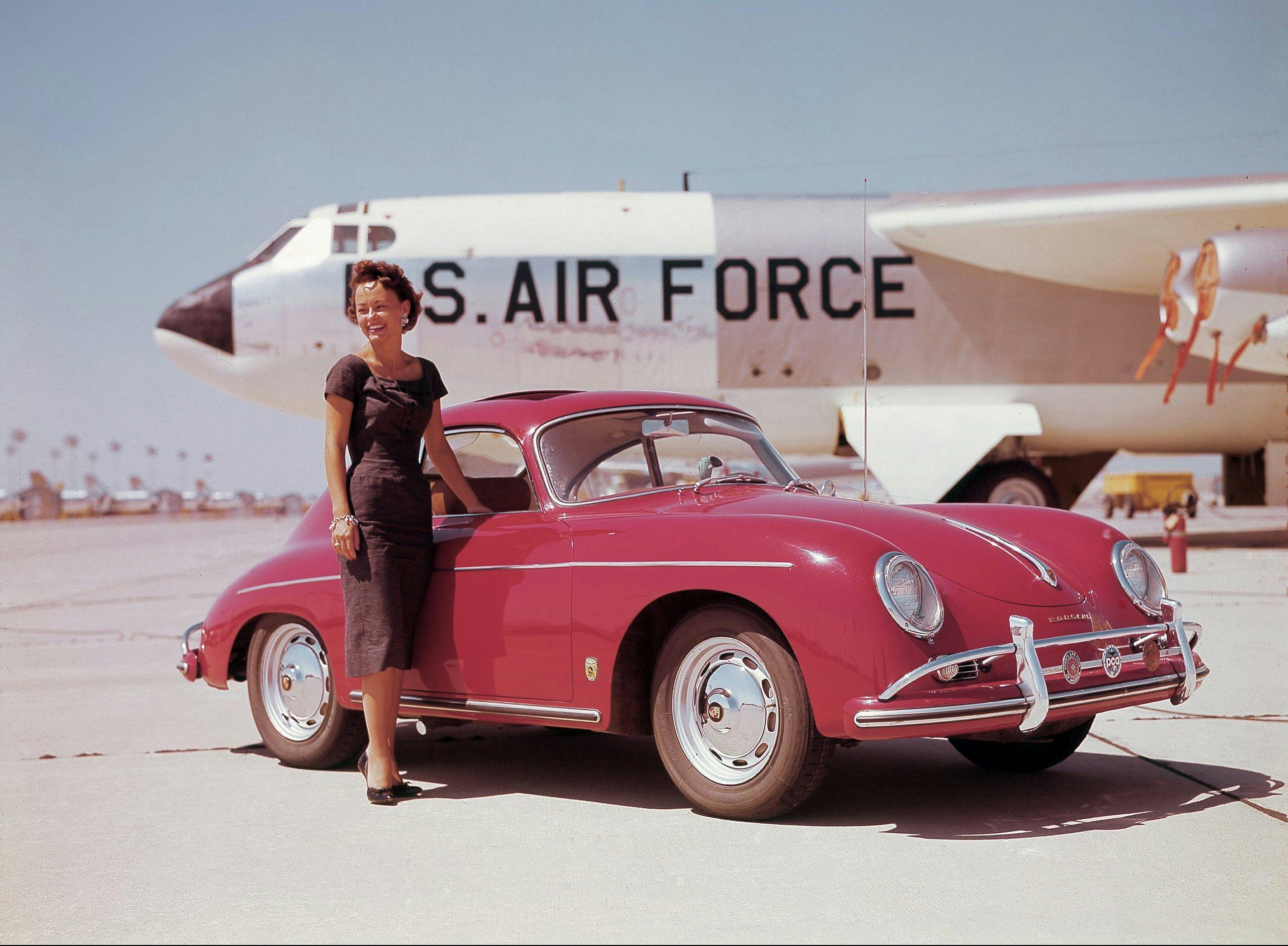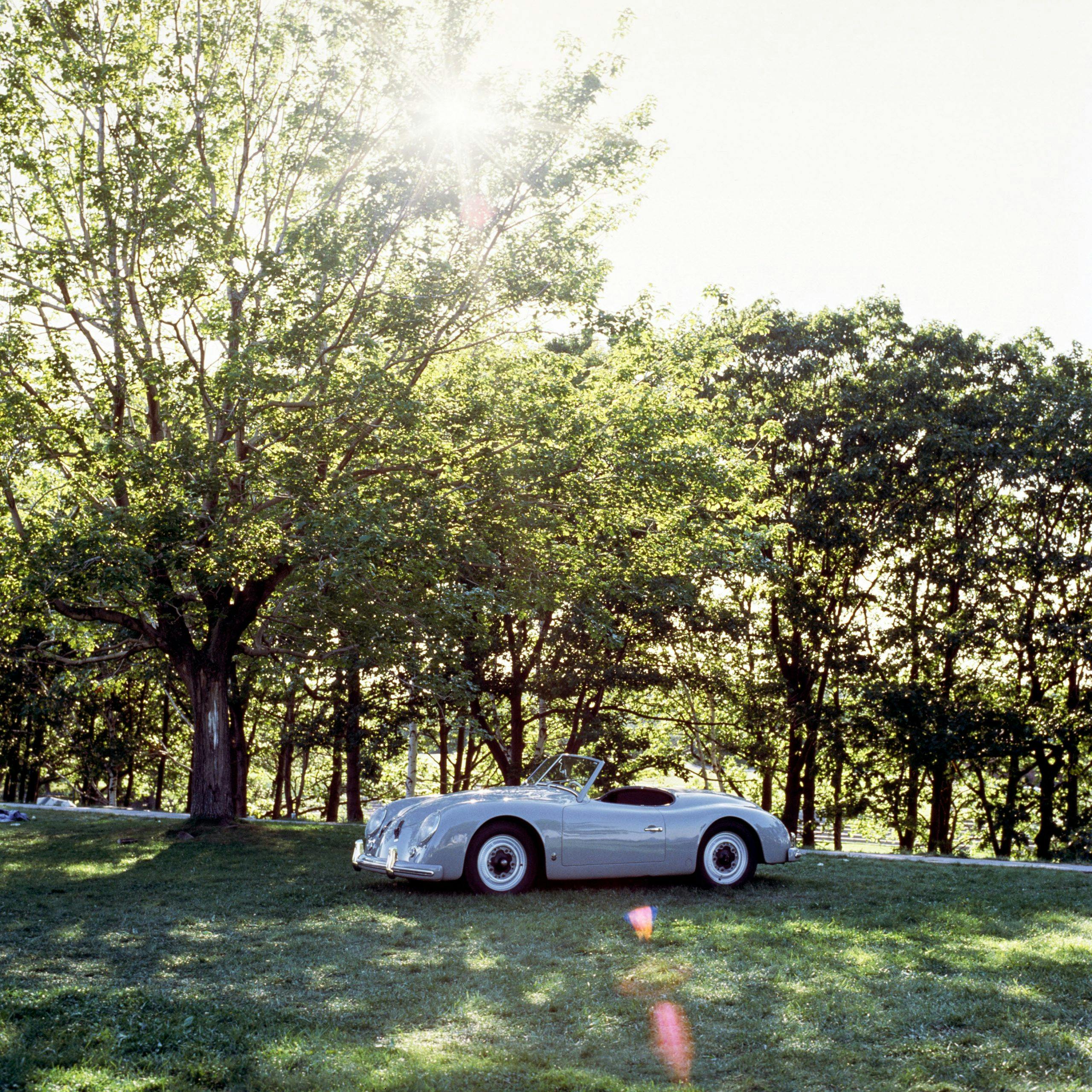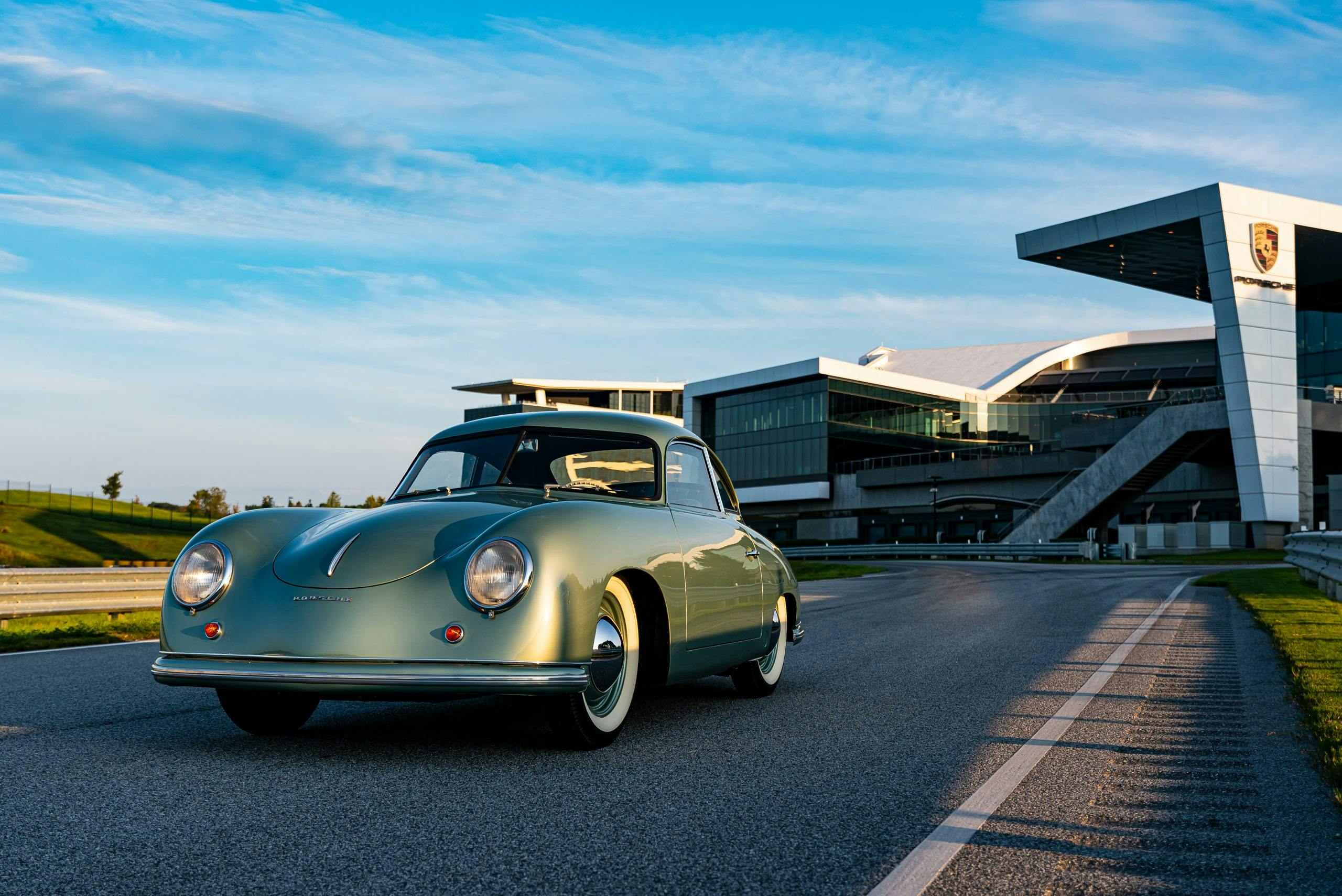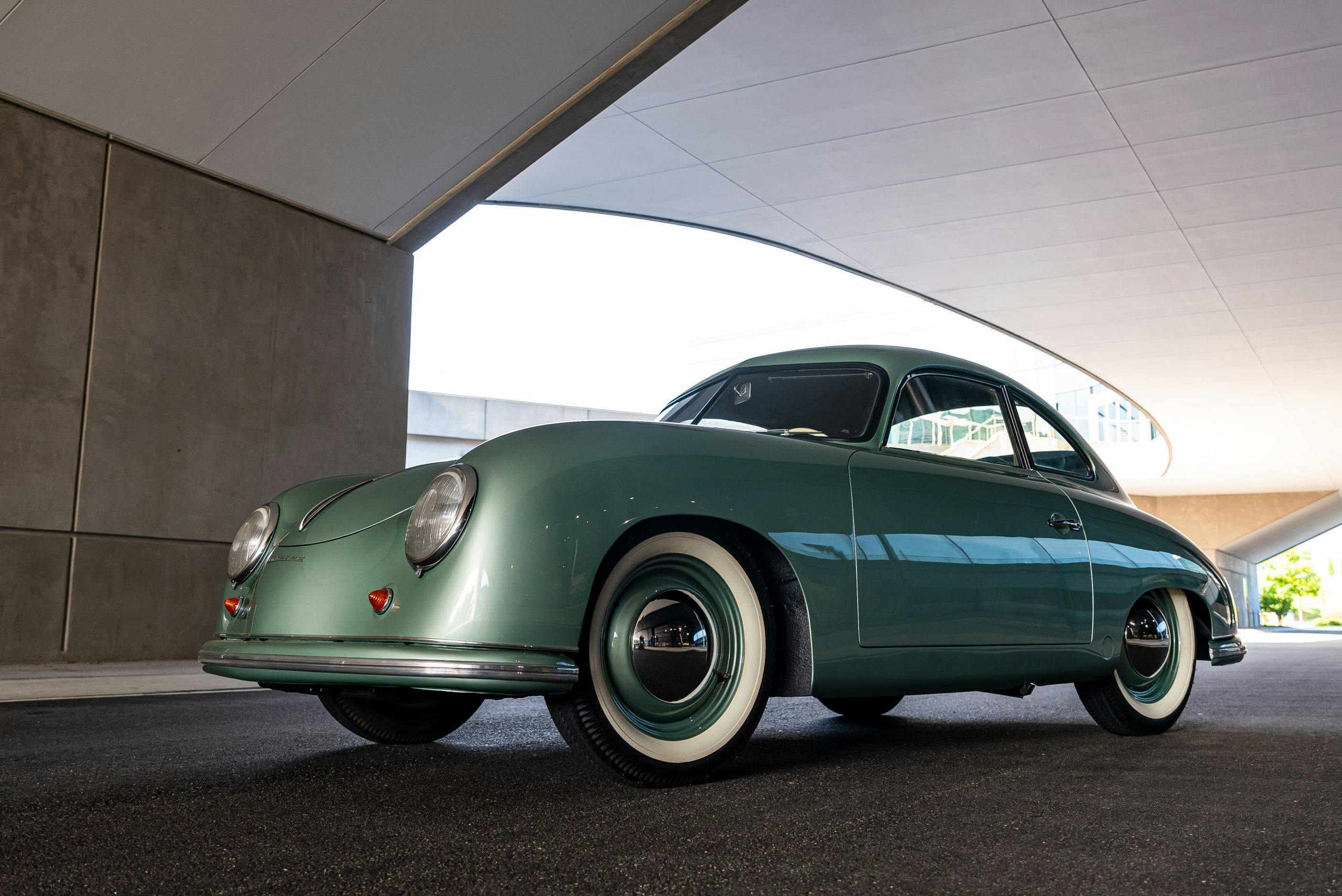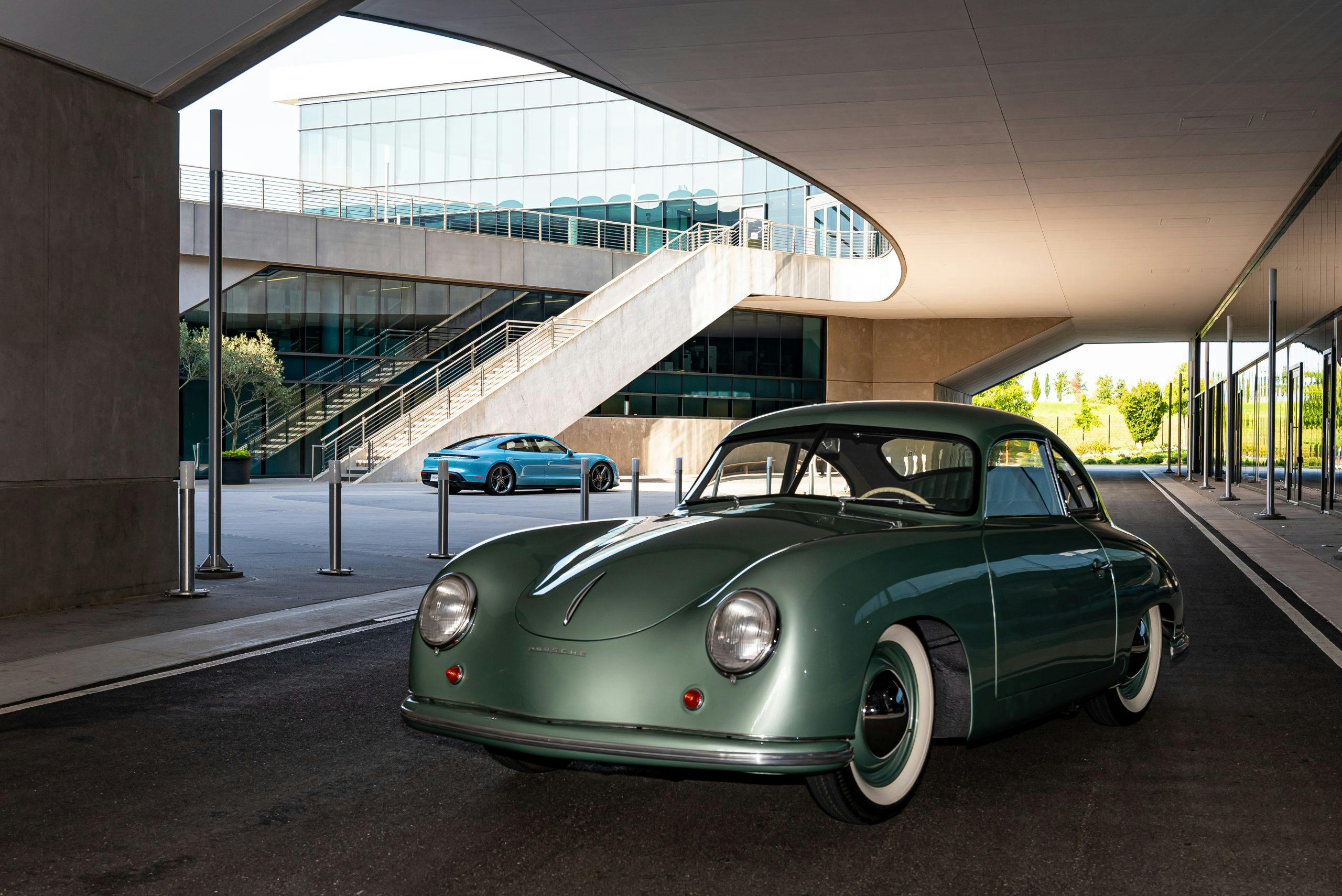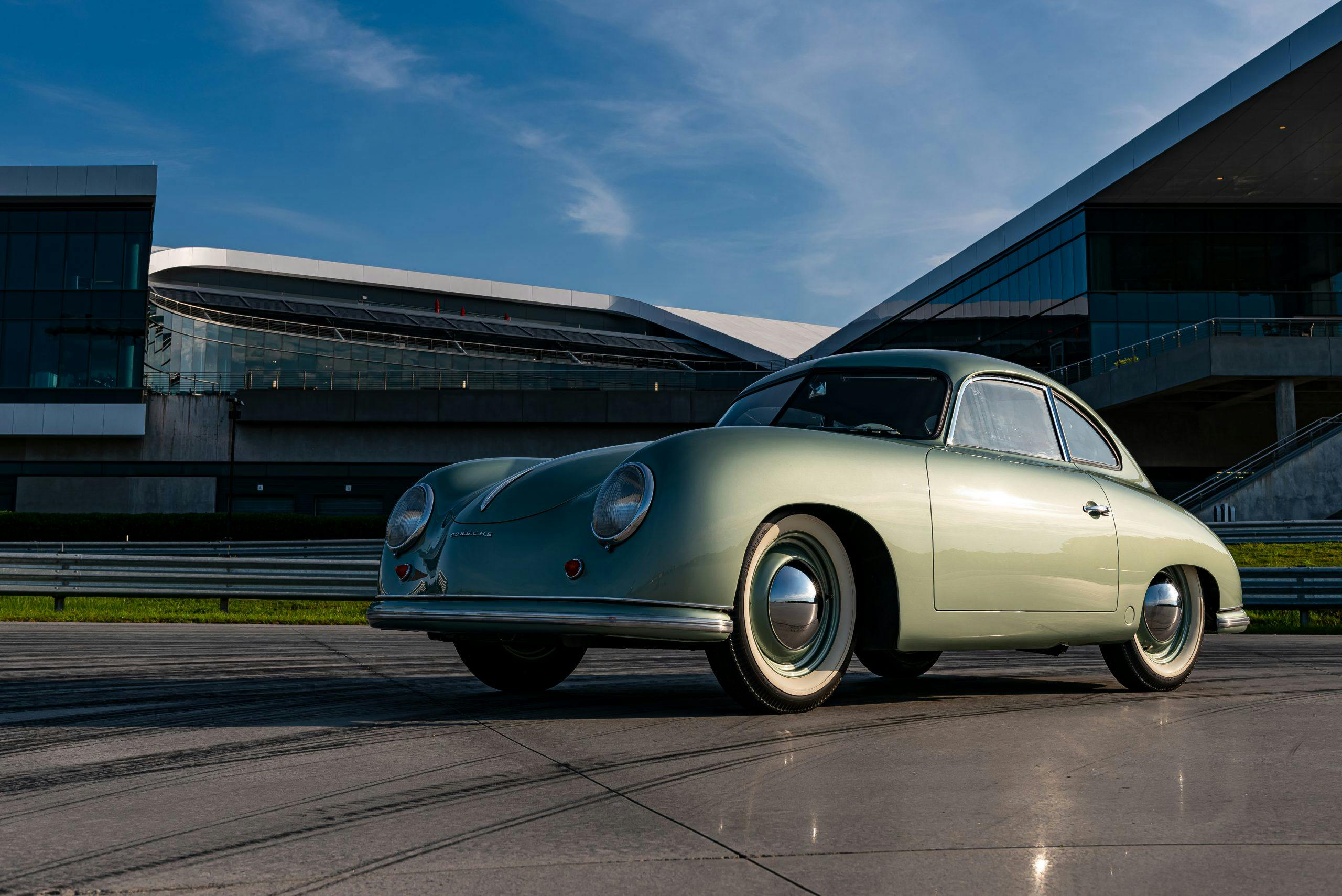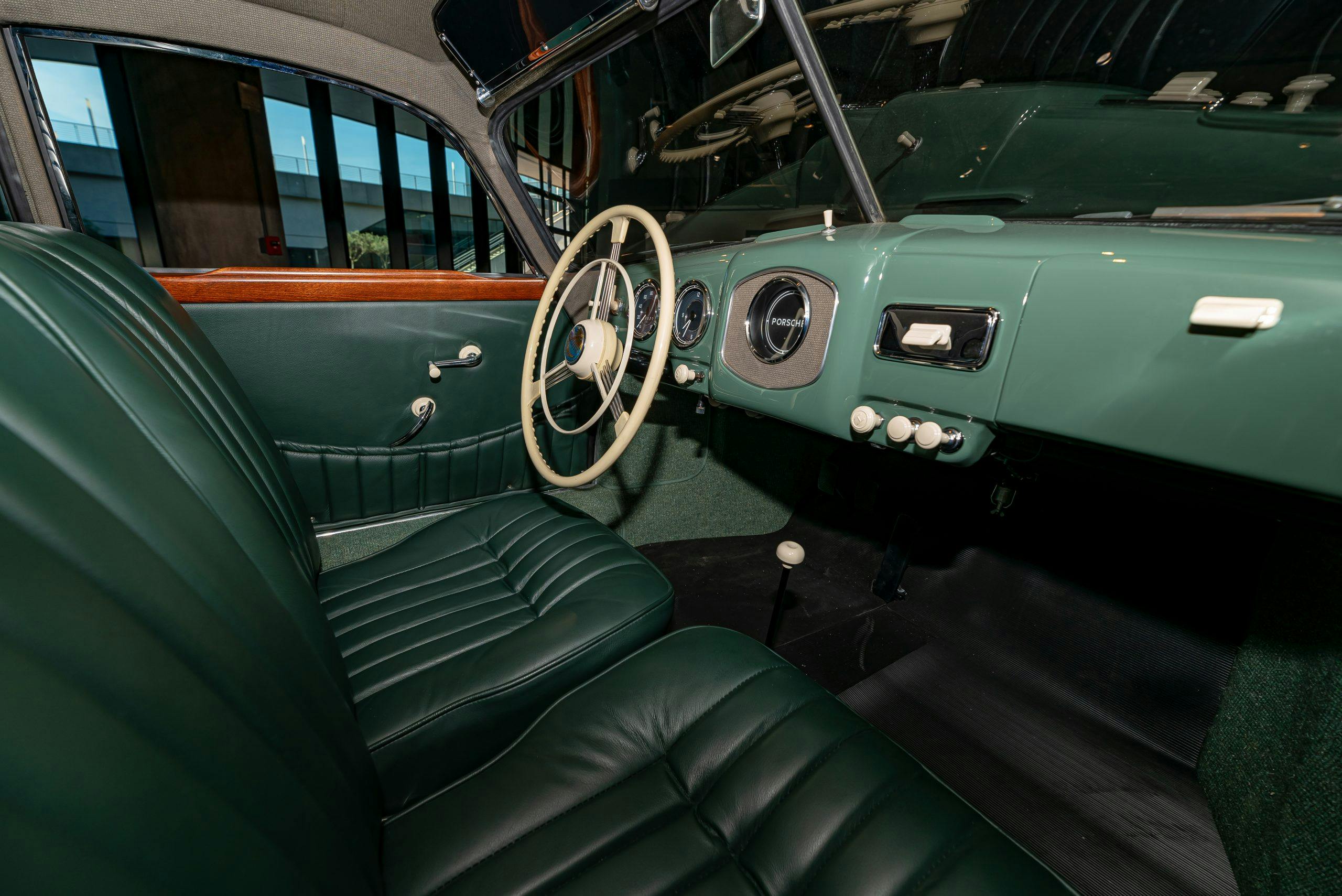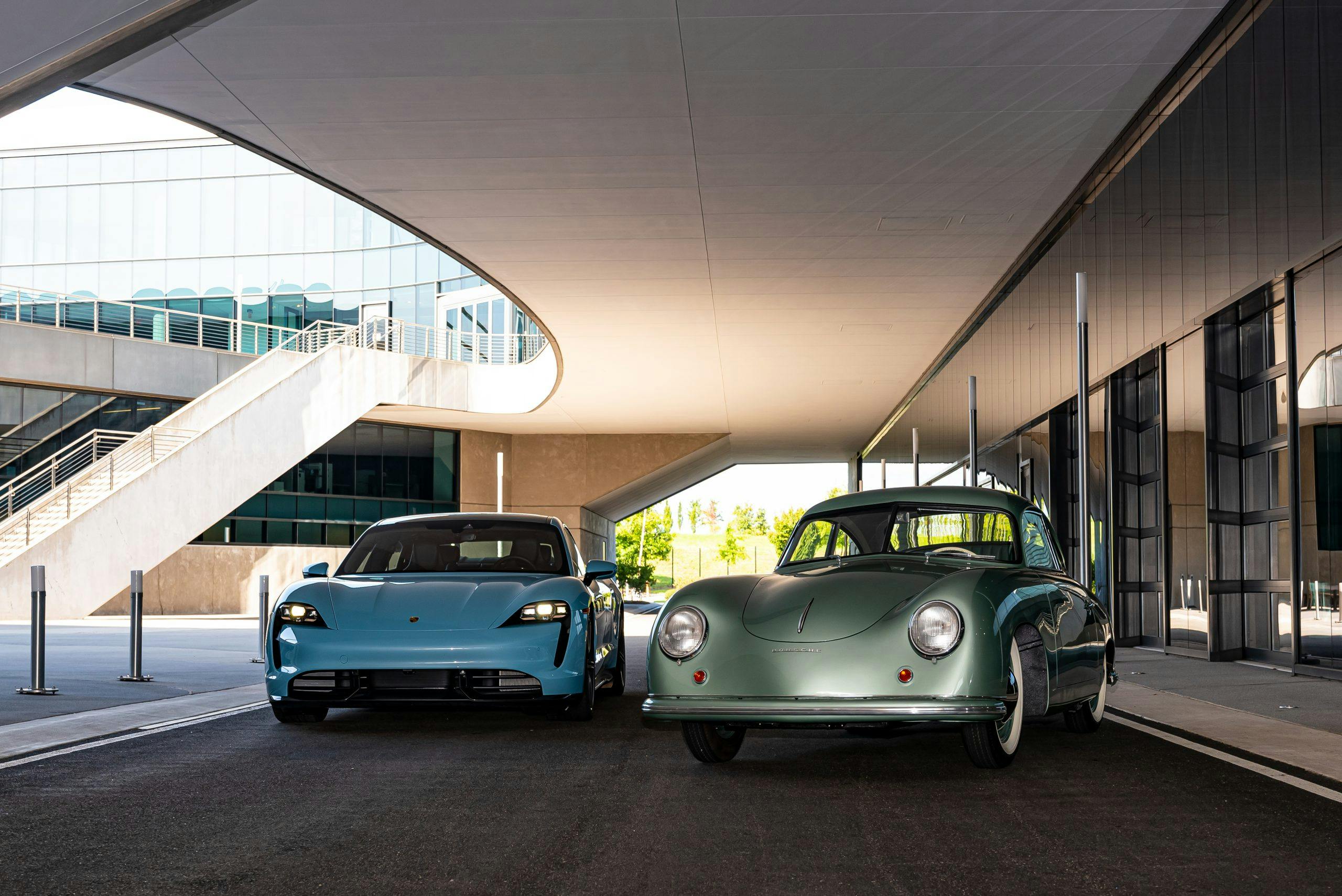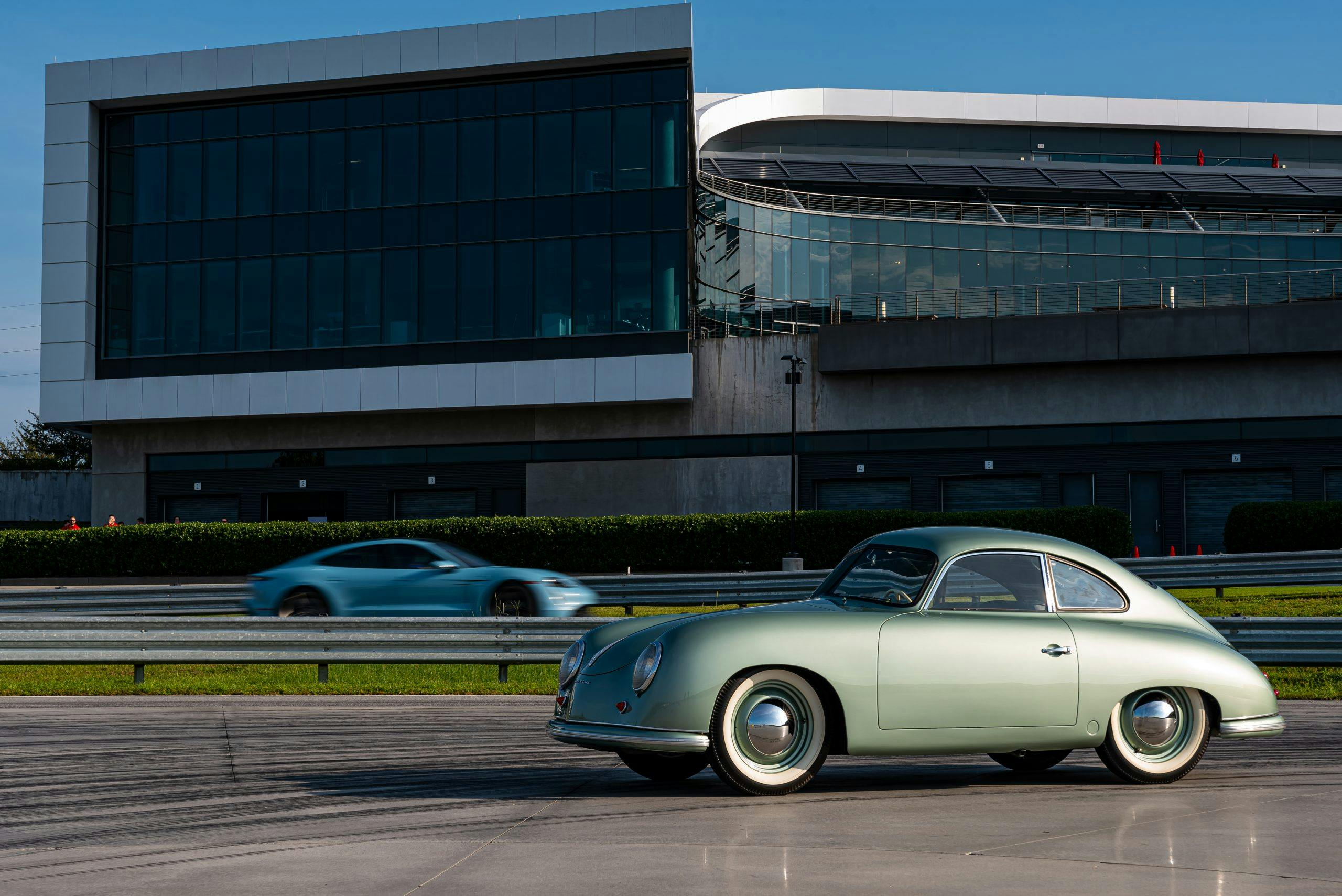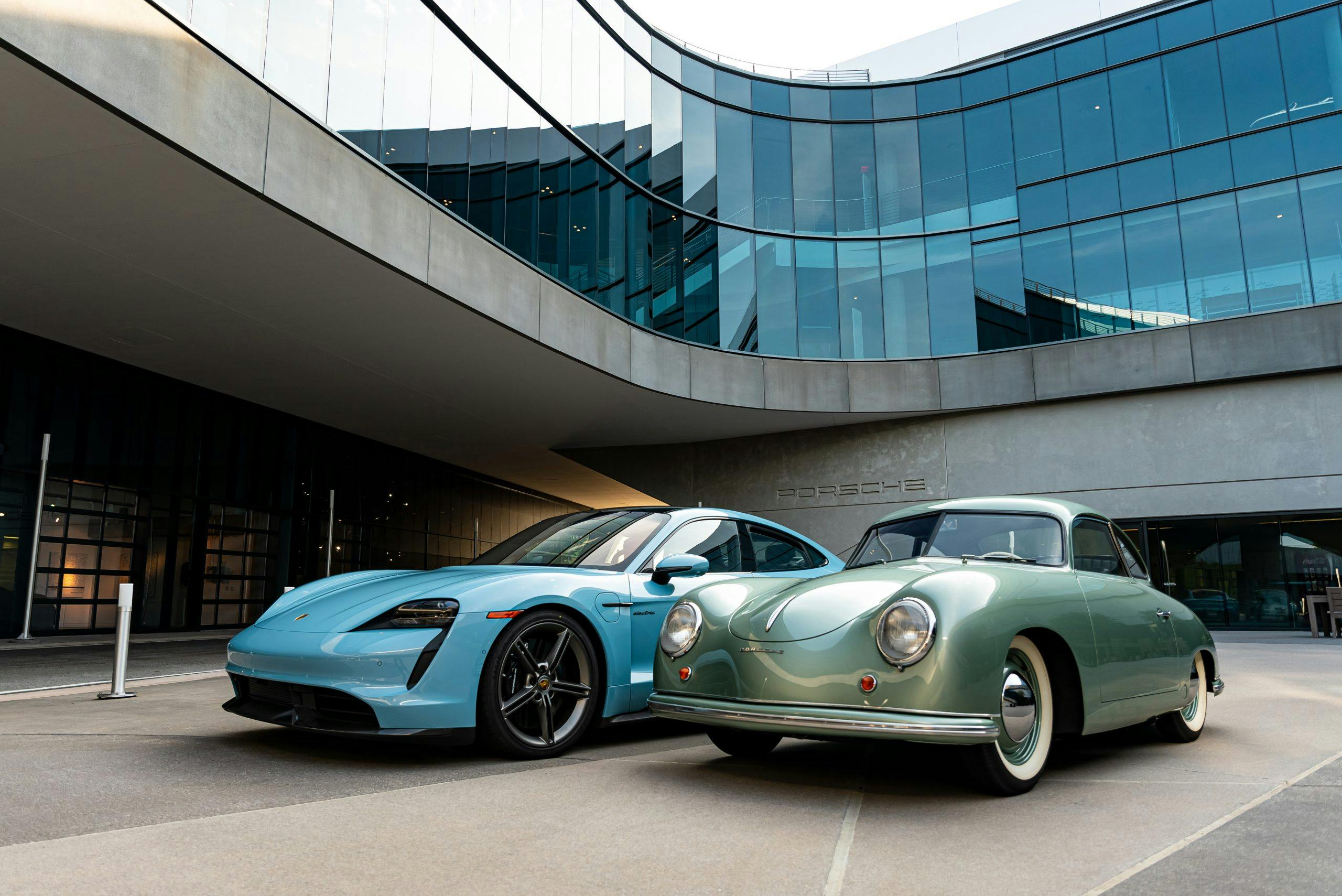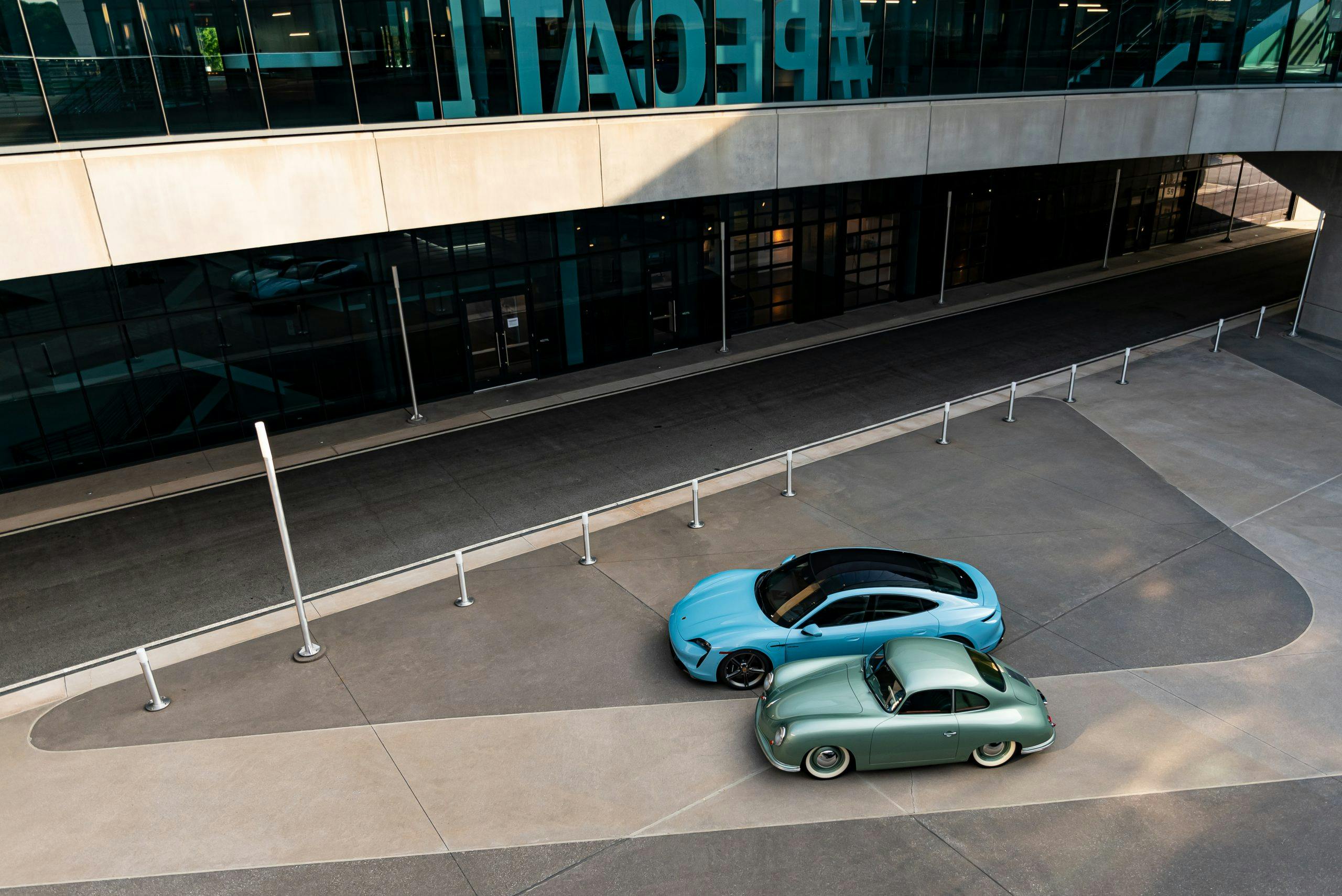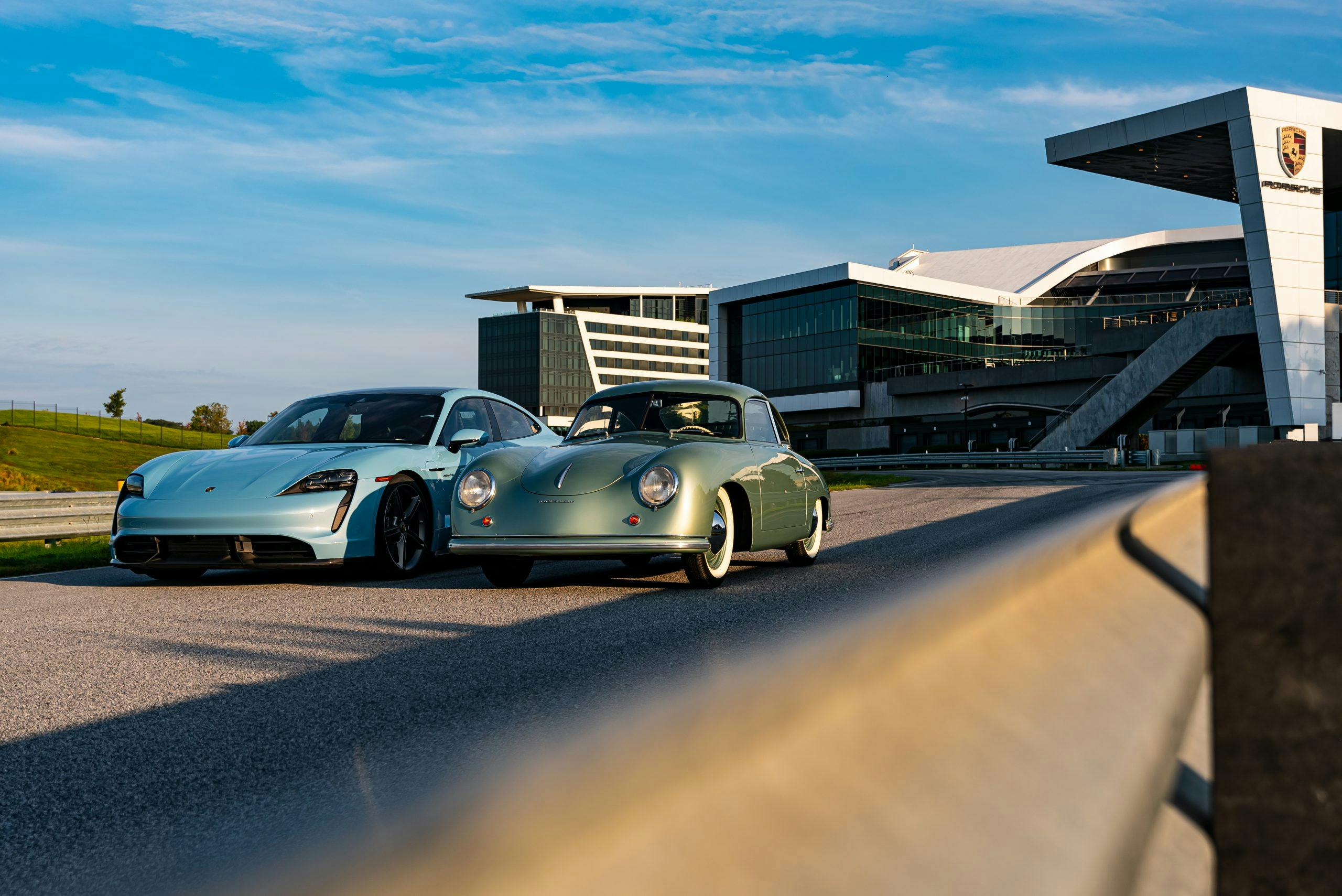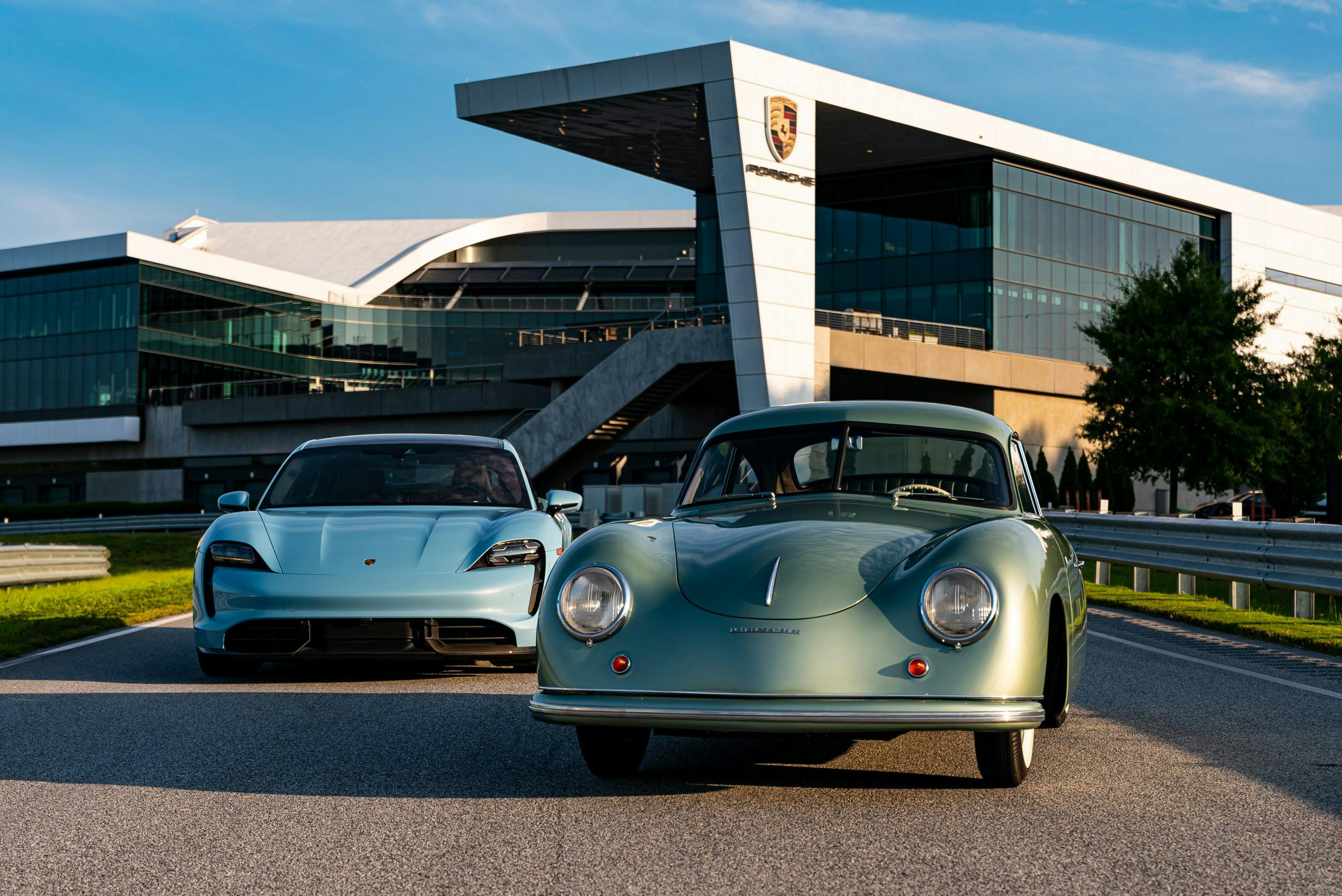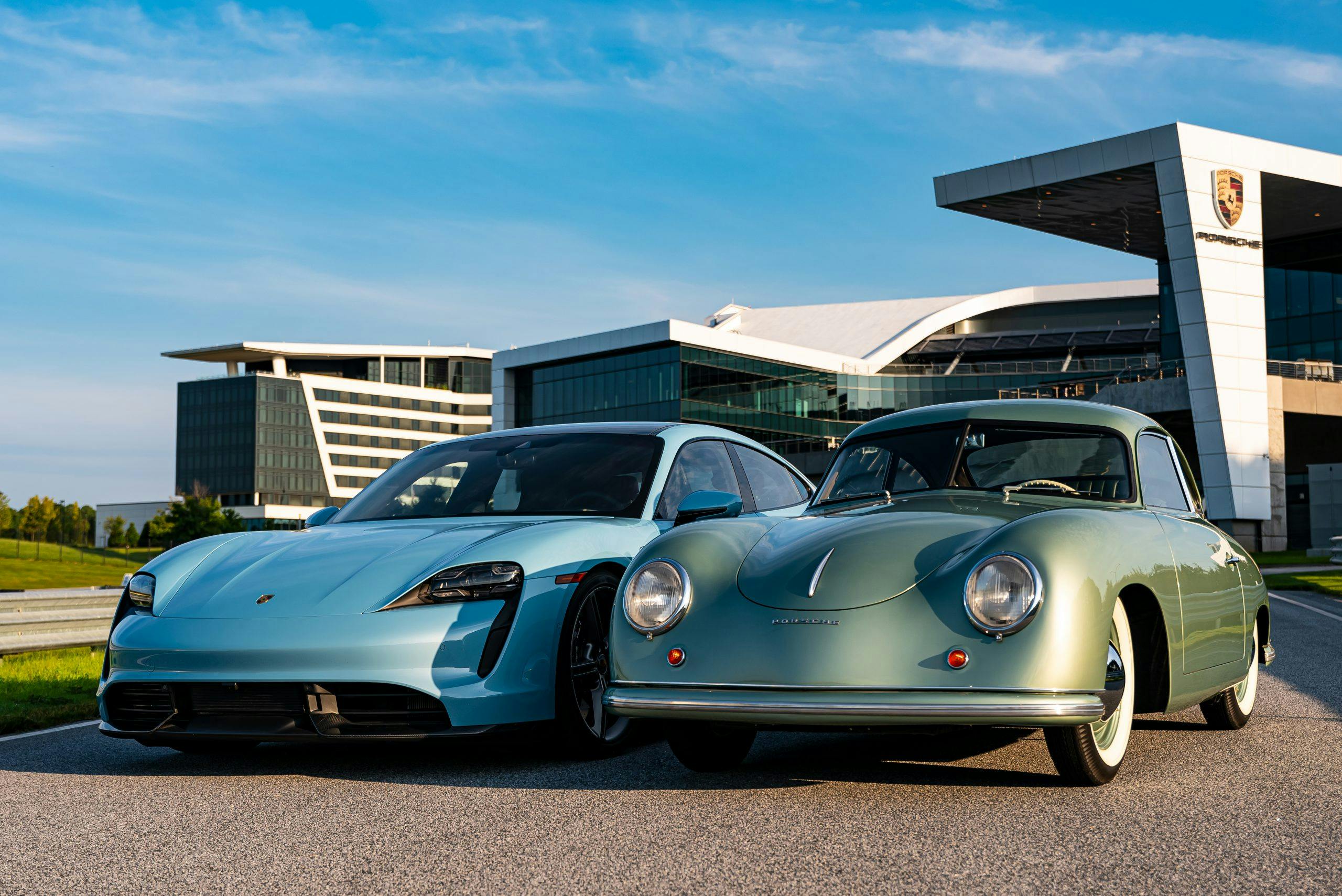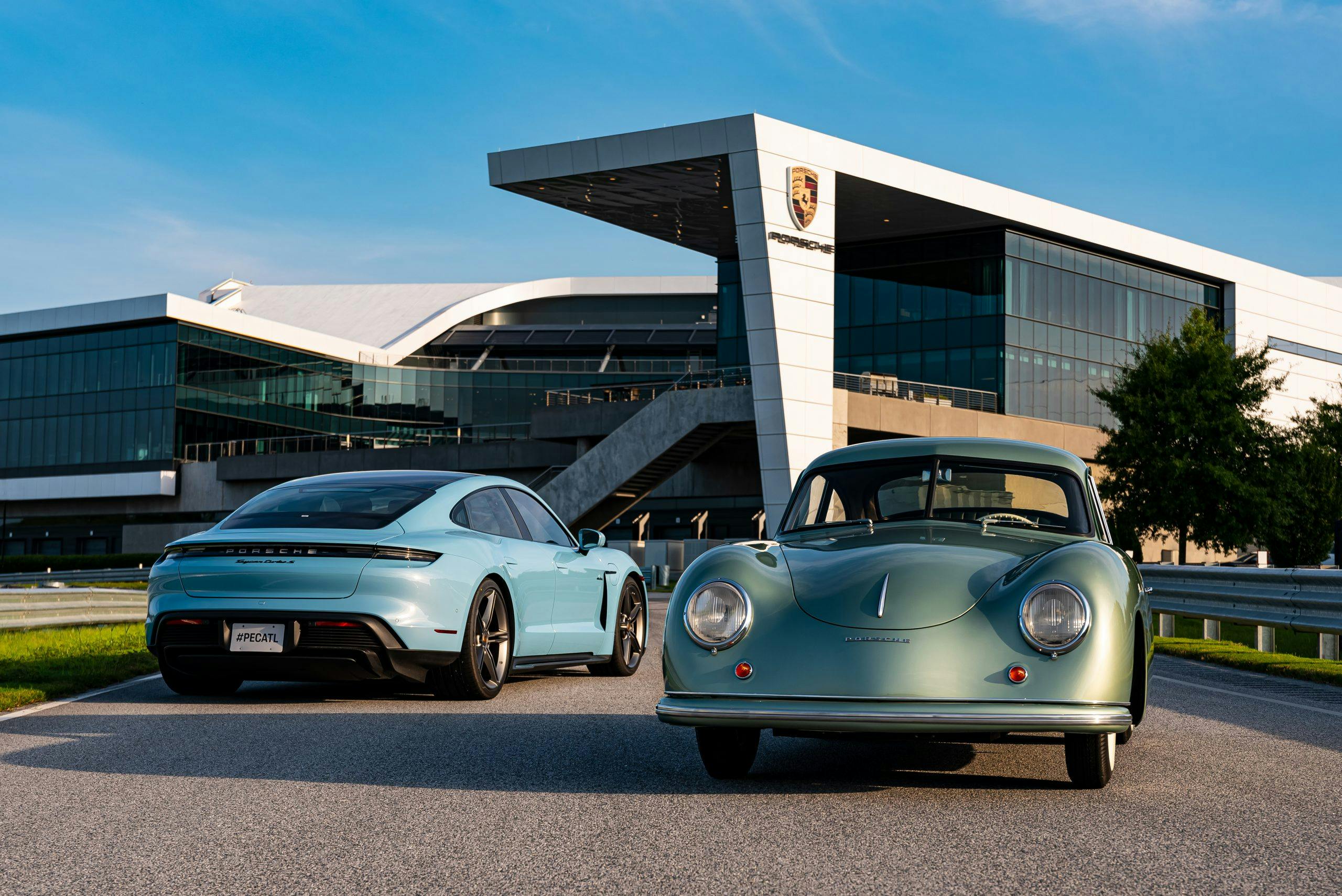Porsche celebrates 70 years in America
Seventy years ago, in the turbulent autumn of 1950, America had his hands full, both at home and abroad. U.S. soldiers were entrenched in the initial months of the Korean War, and McCarthyism—a campaign to root out alleged communists in the U.S. government—raged stateside. In the midst of those rising tensions, a meeting between two visionaries from opposite sides of the Atlantic formed an automotive partnership between former combatant countries, one that proved historic and long-lasting.
Five years after they were on opposite sides of World War II, German automaker Ferdinand Porsche shook hands with New York importer Max Hoffman and agreed to sell his sports cars in the U.S. Considering the first Porsche received its certification for road use in Germany on June 8, 1948, the 70-year-old Porsche-U.S. relationship is almost as old as the marque itself. And it all began with Max Hoffman.
Hoffman, an Austrian attorney-turned-car dealer, fled to Paris in the 1930s as German influence spread across Europe. In June 1941, with political tensions continuing to rise, Hoffman left everything behind and moved to New York. Within six years he opened his own import auto dealership, the “Hoffman Motor Car Company,” on Park Avenue.

Hoffman’s relationship with Ferdinand Porsche began long before their historic 1950 meeting; the two first met when Hoffman was still working as a lawyer in Vienna. But Max Troesch deserves credit for intensifying their relationship. Troesch, a journalist, had driven a Porsche 356 and was so impressed by it that he predicted “this car will make a name for itself.” When Troesch traveled to America, he made it a point to meet with Hoffman and show him photos of the 356. Hoffman was immediately interested.
According to Porsche (the company, not the man), Ferry Porsche said he would be happy to sell five cars a year in America, to which Hoffman famously replied, “If I can’t sell five a week, I’m not interested.” Eventually, they agreed on a U.S. import contract of 15 cars per year, but Hoffman was certain that anyone who drove a car from Zuffenhausen would become smitten with its blend of durability, track-bred agility, and everyday usability. Without any advertising money from Porsche, Hoffman successfully introduced the brand to America. Hoffman’s marketing materials described the 356 as “a new conception in handling, roadholding, suspension, and safety never known before.”
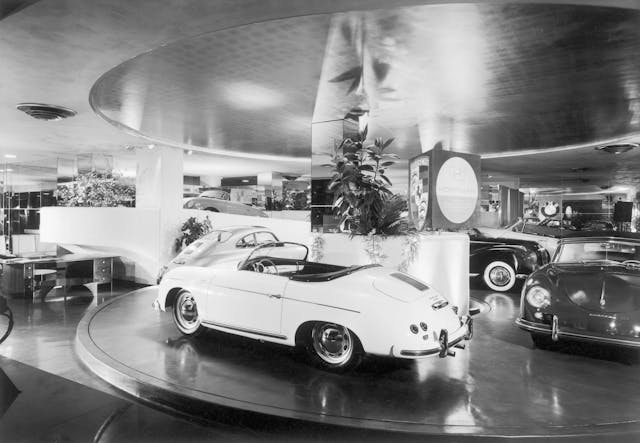
Hoffman’s influence on Porsche was evident when, after suggesting that Ferry Porsche offer a lightweight, entry-level car, the automaker introduced the 356 America Roadster. By 1954, Hoffman was selling 11 Porsches a week, accounting for 30 percent of Porsche’s entire production. By the final year of the 356 in 1965, 74.6 percent of all new 356s were sold in the U.S.
In addition to Hoffman’s massive contribution to the Porsche-U.S. legacy, fellow Austrian native John von Neumann opened “Competition Motors” in North Hollywood in 1948, and he successfully promoted the Porsche brand on the West Coast beginning in 1951. An avid racer, Neumann introduced the Porsche brand to California’s growing motorsports scene, and the sprightly new Speedster—inspired by the 356 America Roadster—proved particularly popular. Among the celebrities who embraced von Neumann and the Porsche brand early on was James Dean.
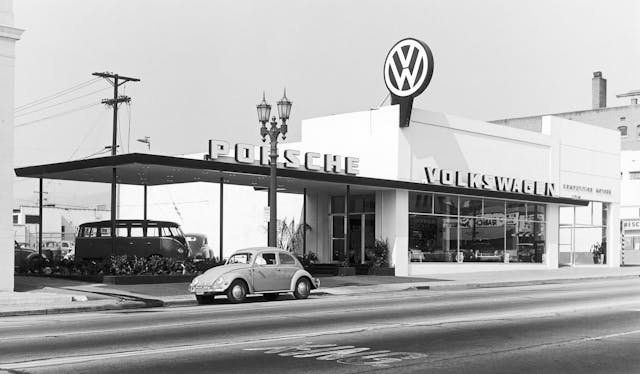
In 1955, Porsche’s rising popularity in America resulted in the creation of an independent distribution network, The Porsche of America Corporation. Starting in 1969, the company became the Porsche Audi division of Volkswagen of America, Inc., and then Porsche Cars North America was established in Reno, Nevada, in September 1984.
Porsche’s marketing team admits that “the 1990s proved to be challenging,” but the addition of the popular Boxster drew a new audience and helped get sales back on track. In 1998, Porsche Cars North America moved its operations to Atlanta, and within five years Porsche stepped out of its comfort zone and ushered in a new era by offering a sporty SUV, the Cayenne, which for a time was its top seller in the U.S.
After surviving the global financial crisis in the late 2000s, Porsche sales climbed again with the introduction of new models like the four-door Panamera in 2010 and Macan crossover. In 2011, Porsche cemented its relationship with the U.S. by announcing the construction of a new headquarters in Atlanta, a four-year project that was completed in 2015. In addition to serving as the center of U.S. operations, the complex is also home to The Porsche Experience Center (PEC) Atlanta, which features a development track, fine dining, a Heritage Gallery, and more. In November 2016, a second Porsche Experience Center opened in Los Angeles, making America the first market with two PECs.
Earlier this week, PCNA announced the construction of a new 33-acre development, an addition to its existing 27-acre Atlanta headquarters. The first stage of the development will be a standalone Porsche Service Center, which will be independently developed, owned, and operated jointly by Hennessy Porsche North Atlanta and Porsche Atlanta Perimeter. Over the next three years, PCNA will also invest in a new Porsche Classic Factory Restoration facility, as well as a track extension for the Porsche Experience Center Atlanta.
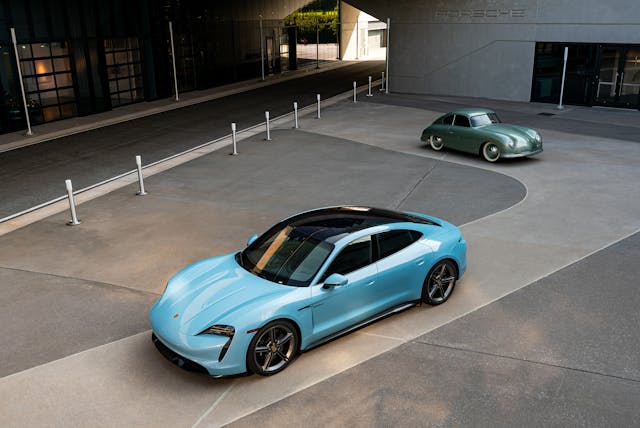
As Porsche celebrates its 70th year in America, it’s also celebrating its best sales year, as a record 61,568 Porsches were sold in the U.S. in 2019. That’s 61,563 more Porsches than Ferry Porsche thought Max Hoffman could sell in America in 1950.
Here’s to the next 70 years.
